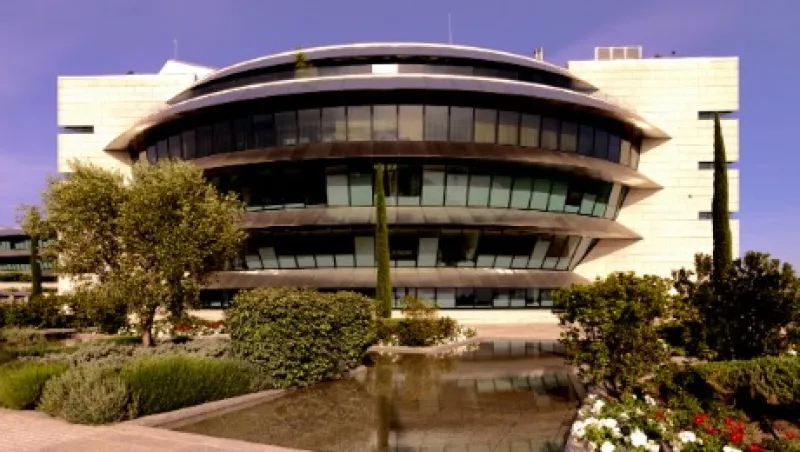Of all Banco Santander’s major markets, the U.S. is the most problematic. The bank’s American operation is small and inefficient, and its regulatory problems are legion. “I believe Santander can add value in the U.S.,” executive chair Ana Botín says. “And I am aware that we have to prove this.”
The subsidiary, Santander Holdings USA, encompasses two units: Boston-based Santander Bank N.A., a Northeast lender formerly known as Sovereign Bancorp, and a Dallas-based auto lender, Santander Consumer USA Holdings (SCUSA). The combined entity had net income of $515 million in the first half of 2015, or 9 percent of the Santander group’s global earnings. The bulk of those earnings came from SCUSA, but the unit specializes in subprime auto loans and has no direct connection with borrowers, who arrange financing through auto dealers. “In banking you need to develop loyal customers with long-lasting relationships,” says Santander group CEO José Antonio Álvarez.
In an effort to do that, Santander Bank is offering rates of 0.6 percent on deposits, compared with a median of 0.2 percent for its peers. This helped boost customer deposits to $65 billion as of June 30, up $3 billion from a year earlier. The American bank is determined to draw more business clients with its cash management platform. The bank hopes these initiatives, along with cost-cutting, will raise its return on tangible equity — currently 9.2 percent, one of the lowest among Santander’s ten main subsidiaries — to 11 percent by 2018.
To truly grow in the U.S., the bank must resolve a regulatory mess. Santander Holdings USA has failed the Federal Reserve’s stress test — the Comprehensive Capital Analysis and Review (CCAR) — for the past two years. In a withering March report, the Fed lambasted the unit for deficiencies in “governance, internal controls, risk identification and risk management, management information systems, and assumptions and analysis that support the bank holding company’s capital planning processes.” Making matters worse, SCUSA paid a $52 million dividend to its shareholders last year even though it was unauthorized to do so given the failed stress test. “That was a massive no-no,” says Citigroup analyst Stefan Nedialkov.
To turn the operation around, Botín has traveled to Washington a half dozen times to meet with Fed chair Janet Yellen; Daniel Tarullo, the Fed’s senior board member in charge of banking supervision; and other regulators. Santander expects to fail the CCAR stress test a third straight time next year, but Botín is confident that regulators won’t yank its U.S. bank license “as long as we show significant progress.”
Botín has shaken up the board and management of the U.S. arm. In March she named Scott Powell, a former head of JPMorgan Chase & Co.’s consumer banking operations, as CEO of the U.S. holding company. In July, Thomas Dundon resigned as chairman and CEO of SCUSA and agreed to sell his 9.7 percent stake for $928 million to Banco Santander, which already owned 59 percent. Botín replaced him with Blythe Masters, a former JPMorgan derivatives whiz who now runs financial technology start-up Digital Asset Holdings.
Santander could sell profitable SCUSA, the No. 5 U.S. auto finance company, but turning the bank around poses a major challenge. Santander bought Sovereign in two stages in 2006 and 2008 after the latter had overstretched through acquisitions and faced mounting losses on mortgage and consumer loans. “We bought the worst bank in the U.S.,” concedes Botín.
The bank, renamed Santander in 2013, still lacks the size to compete effectively. It ranks 28th nationally by assets, with $84.7 billion, and operates in eight Northeast states. Three years from now, Álvarez says, “it will still be our only subscale banking operation in a core market.” Justifying Santander’s U.S. presence may prove to be Botín’s biggest test.






